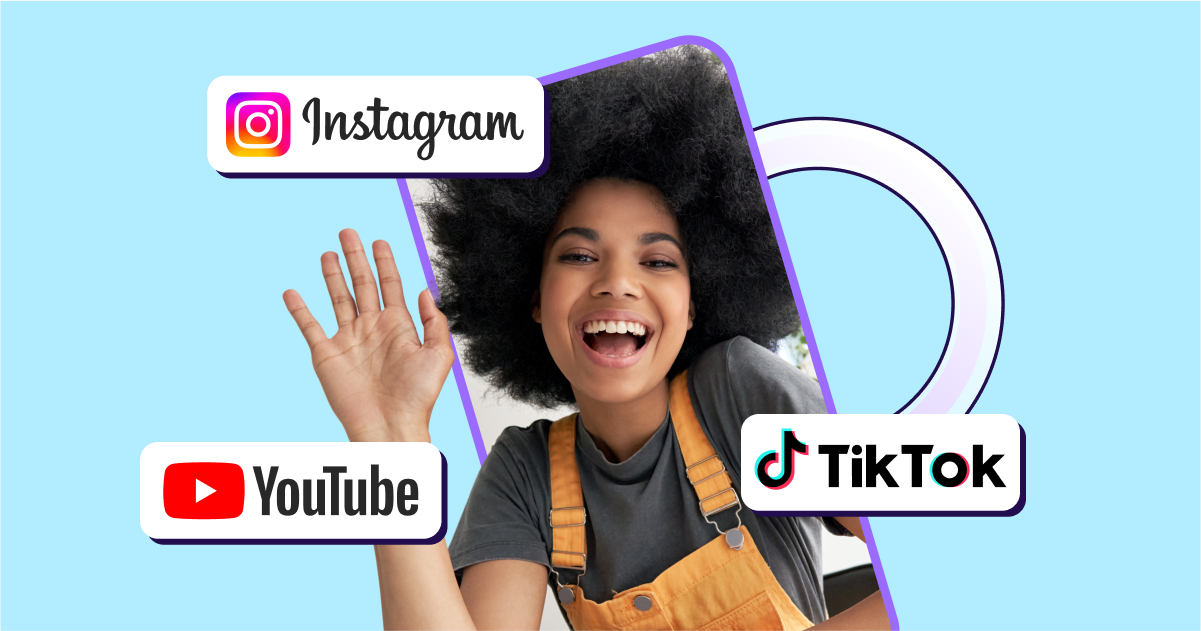
8 hacks for apple search ads campaign management

Advertising through Search Ads in the App Store has been available to advertisers for nearly a year now. However, they are still learning how to use it correctly. This is likely due to certain restrictions on Apple Search Ads (ASA). They are currently available in seven regions (US, UK, AU, NZ, MX, CH, CA).
It is crucial for marketers to master this tool since the App Store is radically redesigned in the new iOS 11, aiming to move chart traffic over to search. This means that you will not be able to keep your market share by focusing only on old promotion tools.
We see this as a rather positive change, because search traffic is a great UA channel with lots of potential. This, evidently, was what Apple considered when they decided to make these changes.
To celebrate the new App Store, I’m here to tell you about some tricks that can help get you started.

1. Check for non-US traffic
When you select a US storefront in ASA’s campaign targeting settings, the store checks the location chosen by a user on their device rather than the device IP. Meaning that any person, residing in any part of the world, can register an Apple ID with a US location and be considered an American as far as ASA is concerned.
Moreover, there are a number of countries without an App Store.
The US location is used as a default for these countries, with the language device setting having no effect. Therefore, ASA considers downloads from these regions as US-based downloads at the matching rate (for example, the CPI for Iraq is the same as for the US).
Based on our data, the percentage of this type of traffic varies between 20% and 40%, for both gaming and non-gaming (however, it should be pointed out that there are apps that do not have this traffic or have a very low volume).
According to our research, most of the geo-irrelevant traffic falls on keywords that exist in more than one language. Analysis of the campaign data from a GEO perspective shows that the average revenue per user (ARPU) of purely US campaigns is much higher than campaigns with fuzzy GEOs (aka other GEOs that still have a US storefront within ASA).
This can even lead your ASA ROI to be zero or negative.
Finding your true north: Measuring your app marketing’s true ROI
How can you overcome this challenge?
Raw data reports from attribution platforms show that the most problematic traffic occurs at night (with respect to GMT-5 time zone). It might seem easy at first glance: you can use the native “Ad Schedule” tool within Search Ads, and set the operating hours of a campaign from morning to night in the relevant timezone.
Unfortunately, this won’t work. The “Ad Schedule” tool works according to the device time, not the time zone where the user is located.
The solution? Turn your ad campaigns off when it’s morning in the US, and turn them on during the day time in your relevant regions.
Taking this simple action can reduce the amount of non-relevant traffic by 80%.
2. Measure your audience
To get a good idea whether a keyword is appropriate for your defined KPI, you also need information on post-install user behaviour. ASA only provides analytics on downloads, so it is important to use the data from your attribution platform.
What you need to do is download the raw data from your attribution provider as well as your ASA data, then match the two reports by download time and compose the final report displaying all the information, including in-app events. Using the combined data from both sources allows you to extract the most efficient keywords and optimize your bids.
This process is ongoing: data should be analyzed daily when campaigns are active.

3. Check app position by keyword
Advertising campaigns (with Exact Search Match setting) contribute to an app’s discoverability in organic searches in the App Store (by the keywords you pay for). This is one of the most reliable ways to work with ASO. However, we found some irregularities that could affect the results and should be taken into consideration.
As soon as your app reaches the #1 position in organic search results (is actually shown in the slot next to the ad unit), you will see a sharp decrease in its TTR (tap-through-rate) and CVR (conversion rate) as well as an increase in CPA (cost -per-acquisition).
We call this “outflow of organic users.” What happens is that you start buying organic users who can be yours for free. Moreover, the click through rate per ad unit also decreases because some users do not click on the ad.
At the same time, when the app is selected by the ASA algorithm to be shown from the queue, your TTR comes into play. This metric along with the bid rate has a crucial effect on which ads are shown. If the TTR decreases, your app will be displayed less often.
In this case, to keep a steady volume of traffic, you will be required to increase your bid, which may result in a higher CPA, exceeding your KPI limits.
If the price is not an issue, do not stop your media buying. Once your keyword reaches #1 in the search results, it’s not worthwhile to keep the campaign ON from a purely budgetary perspective. You will be paying for users you could have gotten for free. However, since ASA works for ASO as well, you have to control the keyword’s rank position because of competitors.
4. Don’t go too high with your bids
According to Apple documentation, the CTR (click-through-rate) and TTR (tap-through-rate) per ad unit play a major role in the ASA algorithm’s decision to display a certain app. The higher the TTR rate, the lower the tap cost. Such implementation pinches big players with unreasonable high rates while essentially blocking players with smaller budgets.
If your TTR is within 3-5% (in the non-gaming industry), your app’s display will most likely drop significantly (“average” rate). Poor ASA performance in this case means that your app is not relevant to the keyword which you are trying to get traffic for.
If your TTR is low, rather than increasing bids, try other keywords and work on your metadata. Most likely, with a bid equal to $100, you are just paying a lot of money for irrelevant traffic.
5. Check search terms even in exact search match campaigns
When using Exact Search Match, there is no guarantee that traffic will come from the exact keyword you specified. Note that this type of ad may contain variations of the main query with spaces (if applicable), plurals, and common typos or mistakes. All of these keywords can be seen in Search Terms tab.
Although there is advertising potential for these selected keywords, their growth in organic search results is not noticeable! In addition, it is impossible to add those words as exact search match, since all belong to the main keyword by the keyword match type.
However, this trick makes it possible to overcome the restriction and drive growth in organic searches for these keywords. First, add all search terms as negative keywords. Next, create a new ad-group with a keyword from the search terms, and add all the others to negative.
Thus, you will get, for example, 5 ad-groups containing one Search Match keyword at a time from the Search Terms list. Remember to add keywords to the application metadata in iTunes Connect.
6. Double check search match traffic
It’s easy to be allured by the Search Match setting if you need to get a large amount of traffic within a short period of time, without taking measures to find the keywords that are really relevant to your application.
However, it’s important to understand how it works. To determine which keywords will display your app, Apple uses many different elements including your app metadata and information on similar apps in the same category.
What is good for the App Store isn’t necessarily good for you. Our experience shows that it’s better to start with Exact Match Search, placing ads by keywords with tried-and-true relevance. Despite a smaller number of clicks in the beginning, you can match additional keywords to reach your KPIs via trial and error.

7. Monitor open rates
Apple provides you with app download stats, but the “download” itself is just a click on the “Get” button. Since many users click “get” but never actually launch the app, this information is of very little use to you.
For this reason, we recommend using the open rate metric, i.e. the percentage value of the initial application launching after being downloaded. You can learn about your open rates using a reliable, unbiased attribution platform.
8. Do not forget about stop-words
Apple Search Ads offers a good tool for expenditure monitoring as well as optimizing ad campaigns. When the list of keywords that meets your KPI is defined, you can safely block all other sub-par performers.
Be careful with negative keyword types: broad and exact. As for the former, if you l ban a wide range of queries you might accidentally hit some of your “good” keys. Therefore, we recommend using Negative Exact Search Match, excluding individual words.
Final words
Search Ads is still a fairly new tool, with lots of room to grow. Many things have to be taken into account to make it work, in addition to trial and error. We expect the number of storefronts to increase significantly in the near future, as well as mobile ad spend.
That being said, an efficient approach to your campaign management will help you save time and resources.




